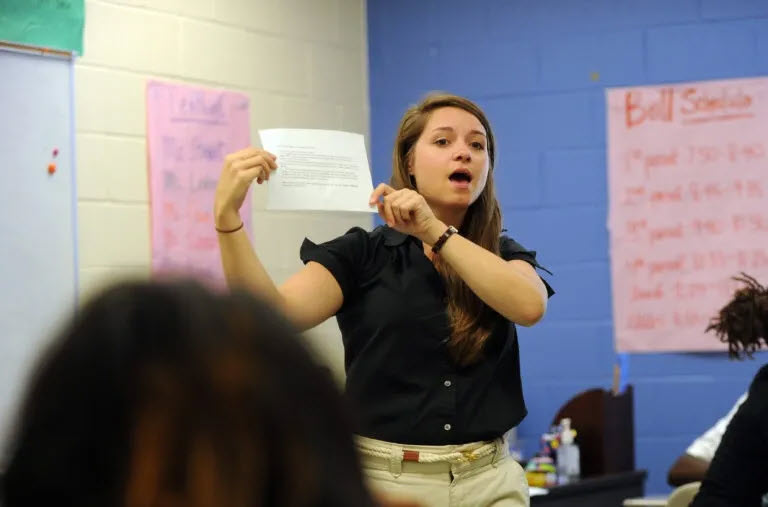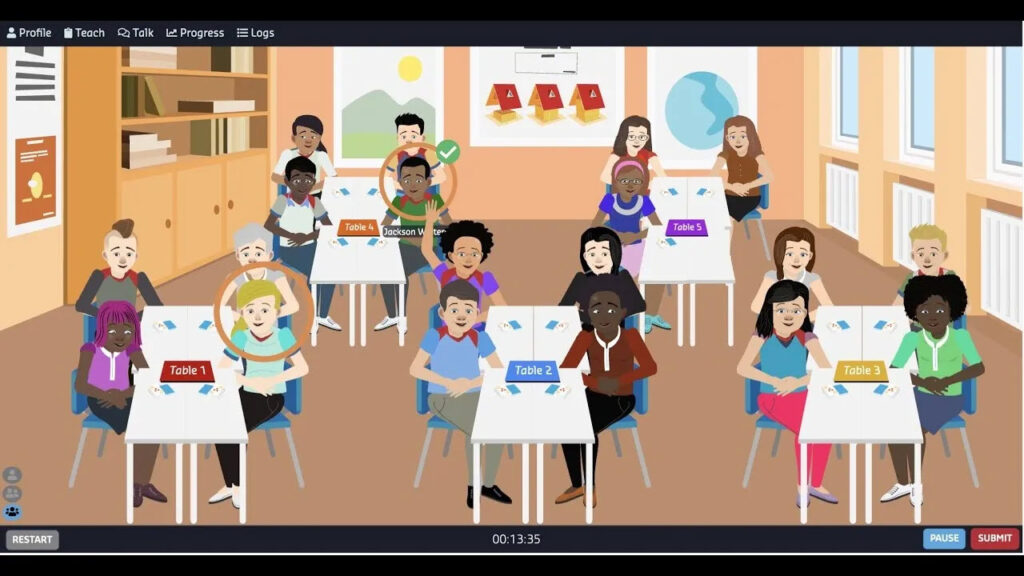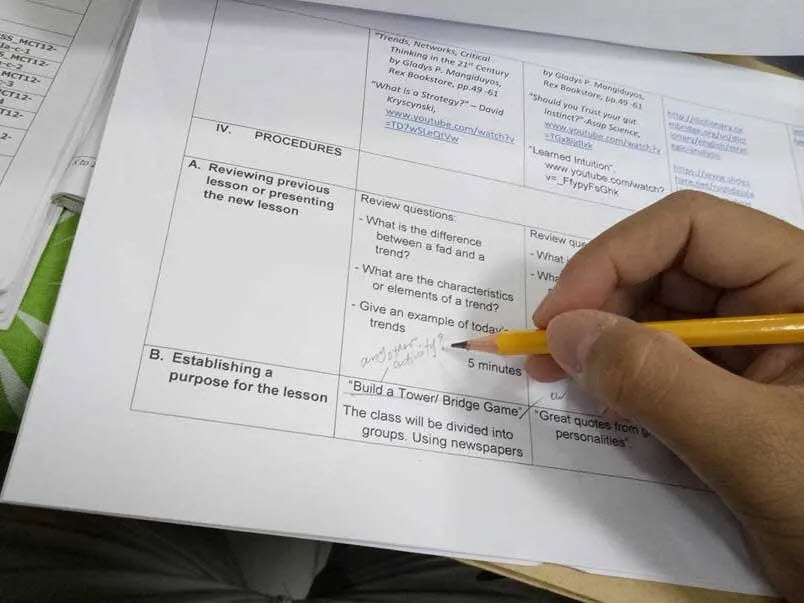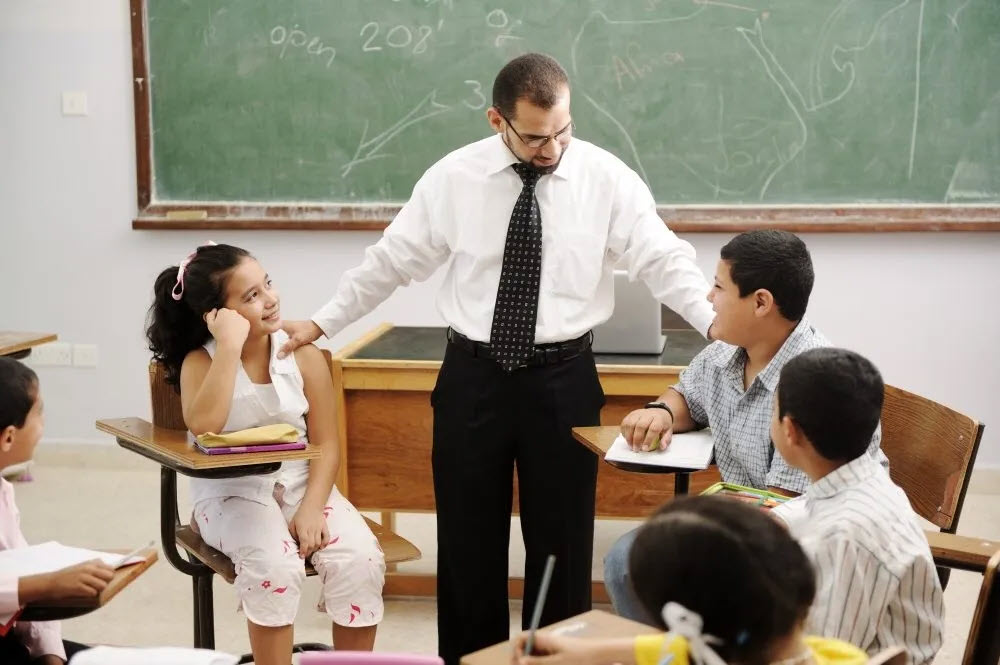
CourseworkEducational TechnologyITL608 Design and Process of TeachingLanguage LearningNational UniversitySpecial Education
At-Risk Learner Supports
For our first week’s discussion in...

Virtual Roller Coaster Design Lesson Plan
This a lesson plan I created...

Course DescriptionsEducational PsychologyInclusive Teaching PracticesInstructional PlanningITL608 Design and Process of TeachingNational University
ITL608 Design and Process of Teaching
This is the 4th course in...

CourseworkCurriculum PlanningEducational StrategiesITL606 Learners and Learning IINational UniversityStudent Development
Instructional Approach: Teaching
For this assignment, we were to...

Classroom ManagementCourseworkEducational StrategiesITL606 Learners and Learning IINational UniversityStudent Development
Field Experience (Report and Reflection)
Utilizing the information from our Observation...

CourseworkEducational StrategiesInclusive TeachingITL606 Learners and Learning IINational UniversityStudent Development
Lesson Plan Rationale
For Assignment 3A, we were to...

Classroom AssessmentsCourseworkEducational MethodsITL606 Learners and Learning IIMath Teaching StrategiesNational University
Formative and Summative Assessments
For this week’s discussion we were...

CourseworkDiversity and InclusionITL606 Learners and Learning IINational UniversitySocial and Emotional Learning (SEL)Teacher Development and Strategies
Diversity and Inclusion (SEL)
Diversity and Inclusion are the next...

Educational Standards and PracticesStudent-Centered Teaching StrategiesTeacher Professional Development
Unpacking and Reflecting on TPE 3
As teacher candidates, we are acquiring...

CourseworkEducational StrategiesInclusive EducationITL606 Learners and Learning IINational UniversityTeaching Methodologies
Between-Class vs. Within-Class Grouping
In preparing for the opening of...

CourseworkEducational TechnologyITL606 Learners and Learning IILearning TheoriesNational UniversityTeaching Methodologies
Theory to Practice
This assignment is designed to make...